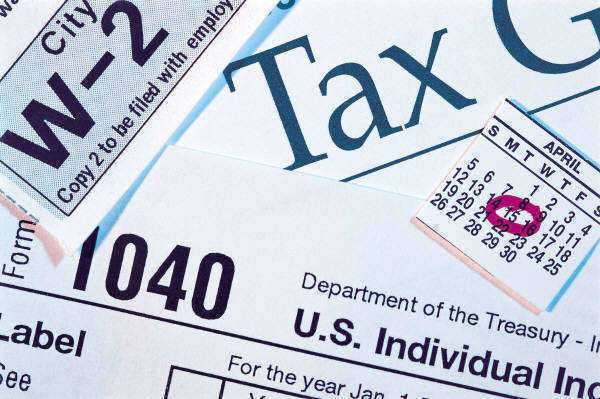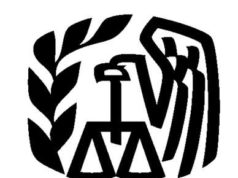
A Savings
Incentive Match Plan for Employees (SIMPLE) IRA is an retirement plan that can
be offered through an employer to encourage employees to save for retirement.
As it is a deferred compensation plan, the money is intended to be withdrawn
when the employee reaches retirement age or the age of 59.5 as mandated by the
Internal Revenue Code.
In a SIMPLE IRA, the employer is required to match a
percentage of the contributions made to the IRA by the employee. This is done
through either “elective-deferral” contributions or
“non-elective” contributions.
Elective-deferral
contributions: These are contributions where an employer matches the
contributions based on the amount contributed by an employee from that
employee’s salary.
Non-elective
contributions: These are contributions made by the employer to an employee’s
IRA but are not based on the contributions made by the employee.
The Internal Revenue Code has established provisions for the
creation of SIMPLE IRAs on the behalf of employers. In order to offer a SIMPLE
IRA to employees, the employer must have less than 100 persons in its employ
each year in order to be eligible for this type of IRA. Those employees must
also have earned a minimum of $5,000 in any two years prior to the creation of
the SIMPLE IRA.
If an employer should exceed the 100 person limit, that
employer may continue to offer SIMPLE IRAs for up to two years after the limit
has been exceeded. However, after that two year period expires and if the
employer continues to exceed the 100 person limit, the employer loses
eligibility to offer the SIMPLE IRA retirement option.
Additional provisions that determine if an employer may
offer a SIMPLE IRA are deadlines and other options offered. A SIMPLE IRA must
be established between January 1st and October 1st of the year in which
contributions are to be made. However, if an business is established after
October 1st, the employer is still eligible to provide the SIMPLE IRA plan as
soon as it is feasible. An employer will also be considered ineligible to
provide SIMPLE IRAs if that employer offers any of the following options:
401(k)
plans;
403(b)
plans;
Qualified
annuity plans;
Employee
funded pensions;
SEP
IRAs;
or,
A benefits plan provided by state or federal agencies.
An employer must make contributions to the SIMPLE IRA each
year that the IRA is funded. The employer has until April 15th to make those
contributions as that is the date that tax returns must be filed. If the
employer makes an elective-deferral contribution, the employer can match an
employee’s contributions dollar-for-dollar up to 3 percent of the wages earned
by the employee that year.
If the employer makes a non-elective contribution,
the employer can make a contributon up to 2 percent of that employee’s
compensation earned that year. If the employer makes a dollar-for-dollar
contribution but the contribution made by the employee is less than 3 percent
of their annual wages that year, then the employee can only match the amount
contributed by that employee.
Any withdrawals made from SIMPLE IRAs prior to the employee
reaching the age of 59.5 is subject to a penalty of 10 percent of the withdrawn
amount. Also, if the funds in a SIMPLE IRA have been withdrawn or transferred
within the two years following the creation of the IRA, the employee is subject
to a 25 percent penalty (not the 10 percent penalty) on the amount moved; this
is because SIMPLE IRAs are not to be moved during the two years after its
creation as mandated by the “Two Year Rule”.
These penalties, known
as excise taxes, are made in addition to any income taxes that would apply to
the funds withdrawn.
























